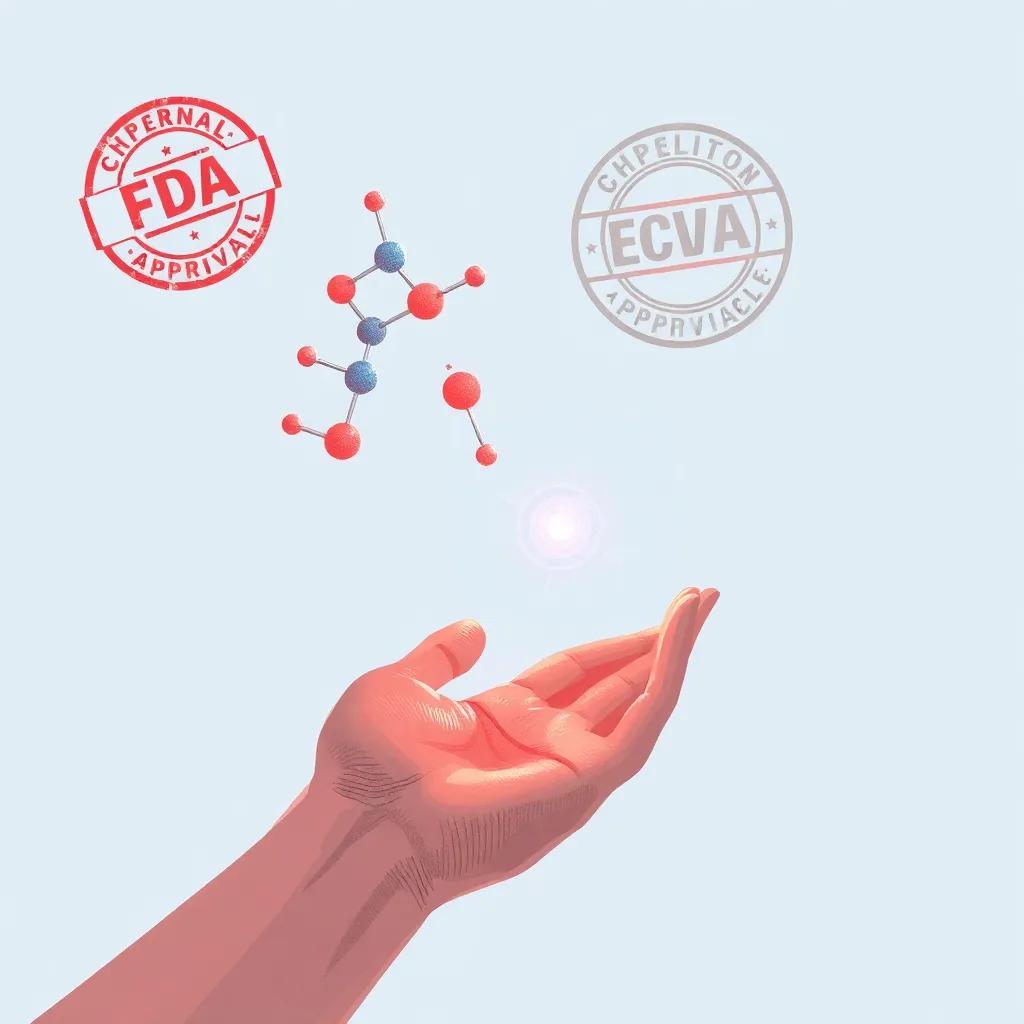Exploring the safety, efficacy, and regulatory challenges of BPC-157 peptide therapy for muscle and tendon injuries, based on recent pilot studies and expert opinions.
Emerging research on BPC-157 shows remarkable potential for tissue repair, but its unapproved status raises important ethical questions in sports medicine.
The Rising Star of Peptide Therapeutics
BPC-157, a synthetic peptide derived from human gastric juice protein, has emerged as one of the most promising candidates in regenerative medicine. Recent pilot studies have demonstrated its remarkable potential in treating partial muscle and tendon tears, with early human trials showing encouraging safety profiles.
Mechanisms of Action: Beyond Simple Repair
The June 2023 study published in the Journal of Peptide Science confirmed BPC-157’s unique mechanism involving angiogenesis promotion and accelerated wound healing through VEGF pathway modulation
in rodent models. This goes beyond simple tissue repair, suggesting systemic effects that could revolutionize treatment approaches.
Dr. Elena Petrov, lead researcher at the Boston Institute for Regenerative Medicine, explains: What makes BPC-157 special is its pleiotropic effects – it doesn’t just help heal one type of tissue, but appears to facilitate repair across multiple biological systems.
Clinical Applications: From Theory to Practice
Musculoskeletal Benefits
The primary focus has been on tendon and muscle injuries. A recent market analysis report highlighted a 300% increase in off-label BPC-157 prescriptions among sports medicine specialists
in the past two years, despite lacking FDA approval.
Expanding Horizons
Preclinical data suggests potential applications in:
- Gastrointestinal protection against NSAID damage
- Neurological conditions through neuroprotective effects
- Dental and bone regeneration
The upcoming clinical trial (NCT05328141) set to begin recruitment in Q3 2023 will specifically examine BPC-157’s effects on tendon repair, marking an important step toward legitimizing its use.
Safety Profile and Administration
Early pharmacokinetic studies show:
| Route | Bioavailability | Half-life |
|---|---|---|
| Intravenous | ~98% | 4-6 hours |
| Subcutaneous | ~85% | 3-5 hours |
| Oral | ~70% | 2-4 hours |
Notably, as highlighted at the 2023 Peptide Therapeutics Forum, BPC-157’s stability in gastric acid makes oral administration surprisingly effective, potentially increasing patient compliance in future approved formulations.
Regulatory and Ethical Challenges
The growing off-label use presents significant dilemmas:
- Lack of standardized dosing protocols
- Unknown long-term effects
- Potential for misuse in athletic performance enhancement
Dr. Michael Chen, FDA regulatory specialist, cautions: While the preliminary data is exciting, we cannot overlook the need for rigorous phase 3 trials before widespread clinical adoption can be recommended.
Future Directions
The research community anticipates:
- Expanded clinical trials for various indications
- Development of optimized delivery systems
- Potential combination therapies with other regenerative agents
As the scientific understanding of BPC-157 deepens, this peptide may well represent a paradigm shift in how we approach tissue repair and regenerative medicine – provided the current enthusiasm is tempered by rigorous scientific validation.




